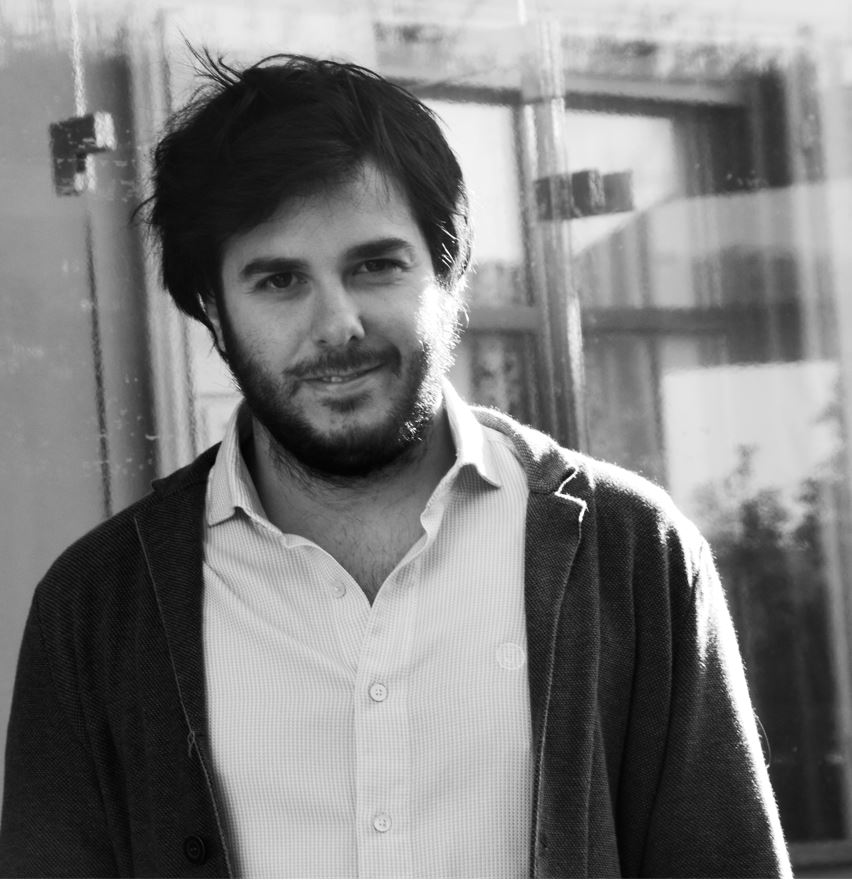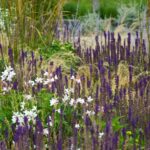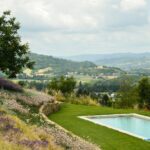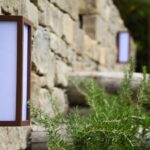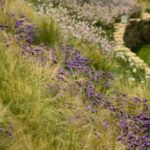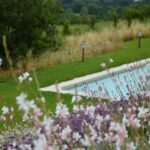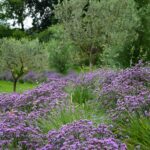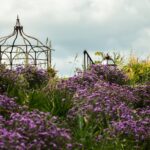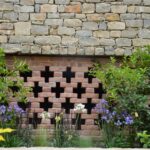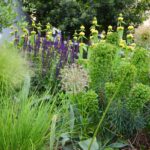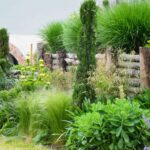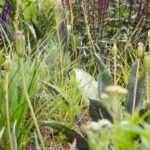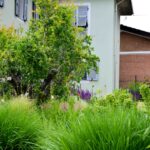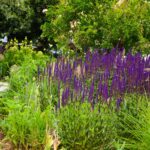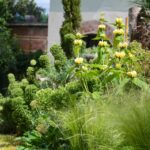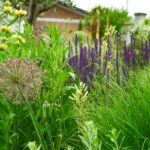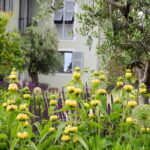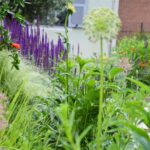Luca Bergaglio
Modelling spaces that surround us is undoubtedly the key for a better and more sustainable future. Since I joined the London College of Garden Design, my vision and sensitivity on design has dramatically changed. My gardens, ecologically sustainable and rich in biodiversity, have a particular focus on plants. Our role as designers is to connect (or re-connect?) people to nature, encouraging little horticultural gestures.
Italian writer and historian Emilio Sereni in his masterpiece from 1961 “History of the Italian agricultural landscape” defined designed landscape as “the form that man, in the course and for the purposes of his human activities, consciously and sistematically imprints on the natural landscape”.
I could not agree more.
Biography:
As nephew of a winemaker and son of a nurseryman, passion for plants and nature came naturally to me.
My father started his own business as an horticolturist in 1991, turning it in to a plant nursery in 1996.
I was born and grew up in Piemonte, North-west Italy. In 2011, after the college diploma, I moved to Turin where I gained a BSc in Agriculture and Ornamental Green Systems in 2014. I consequently attended a two years’ MA in Landscape Architecture and Urban Design at the Polytechnic University of Turin with a final thesis on restoration of historic gardens.
I joined the family business and started designing gardens in 2017.
After a few years, and eager for an experience abroad, I moved to London and enrolled at the LCGD’s Planting Design Diploma, from which I graduated with distinction in July 2021. My final project, called “The Swinging ‘60s Garden” explored how the counterculture movement born in Britain deeply influenced today’s society.
My current focus is on private gardens, with an emphasis on spaces with strong connections with the surrounding landscape.
This large garden is nestled on the beautiful Monferrato, in Southern Piemonte.
The main building, once an old “cascina” was reconverted to a countryside villa with a new swimming pool. The garden required one year of preliminary work due to a difficult topography and soil nature.
Olive trees, waves of grasses and perennials such as Gaura lindheimeri, Salvia nemorosa “Caradonna” and Verbena bonariensis “Lollipop” are used to increase the “wow” factor.
The pergola was planted using different cv. of Wisteria, while paths and dry-stone walls were made exclusively using a local stone.
The garden was completed in 2020.
We were asked to design this garden by an American couple who decided to settle in Italy after 20 years in Asia. We immediately agreed on a naturalistic-intermingled style of planting with very low use of hardscape and drought-tolerant plants as Salvias, Euphorbia characias “Black Pearl”, Deschampsia, Achillea “Terracotta”, Sedum, Phlomis russeliana and Agastache. Spring tulips, Alliums and Camassias add interest in spring.
The garden was planted in October 2020.
